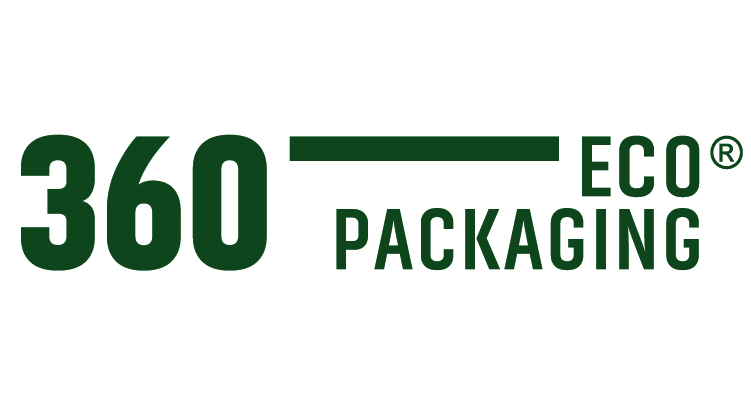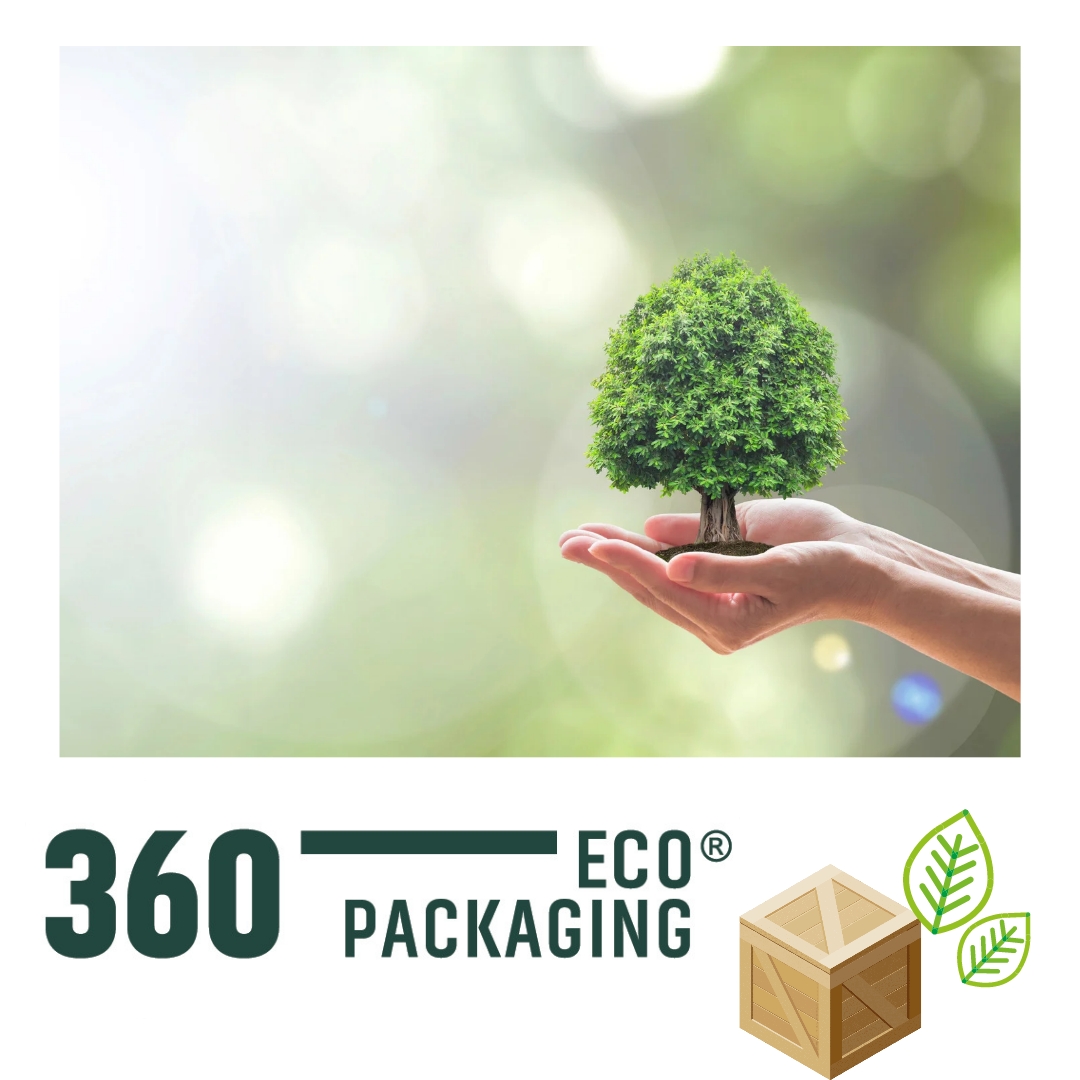Since ancient times man has had the need to protect his belongings. The way of doing this has evolved according to the appearance of new materials, the nature of the good to protect and the economic and social context of the time.
It is considered that the first cardboard box was invented in China in the sixteenth century, although it was not until the late nineteenth century when it became popular as we know it today.
With the Second Industrial Revolution, the use of cardboard to pack the goods spread, while new materials such as metal or plastic appeared that responded to the demands of freight transport.
With globalization in the second half of the 20th century, packaging became a key part of the supply chain. Over the last decades, packaging made of different materials has been used: cardboard, glass, wood, metal, plastic, biopolymers, etc.
However, the scarcity of resources and the threat of climate change have forced the industry to look for alternatives to the usual packaging, without forgetting its purpose of protecting the merchandise.
With the turn of the century, the packaging, transport and distribution sectors face a new challenge: the demand for sustainable packaging systems, driven by environmental regulations and the preferences of an increasingly environmentally conscious consumer.
Table of Contents
What is meant by sustainable packaging?

Sustainable packaging for a greener world
Sustainable packaging pursues greater planning in the life cycle of packaging. It is based on the principles of the Circular Economy: redesign, reduce, reuse, repair, renew, recover and recycle.
In practice, this means minimizing the amount of raw materials in our packaging that can be recycled or reused.
Thus, we will talk about sustainable packaging when:
1. Limit weight and volume to the minimum necessary in boxes, pallets or containers to protect the goods.
2. It is made of eco-friendly materials such as cardboard or recyclable plastics. If wood is used, it comes from sustainable felling forests.
3. It can be reused for the same purpose or recycled to generate new materials.
4. It does not generate polluting or hazardous waste for the environment or people.
5. The inks and paints used are of ecological origin.
What are the benefits for companies?
In addition to preserving the environment, sustainable packaging brings advantages to the companies that use it.
A lower consumption of packaging means savings in raw materials and other processes derived from transport and logistics, such as the reduction of times in internal movements and a reduced need for storage space.
The lower the consumption of packaging, the less waste.
To this we must add that if the packaging is reusable and/or recyclable, the company can generate new profits, transforming or selling such waste to other organizations, which can use them in their internal processes or as raw material.
In conclusion, we must not forget that consumers rely on environmentally responsible brands. Companies that use sustainable packaging are reinforced in their image and social reputation.
![]()






